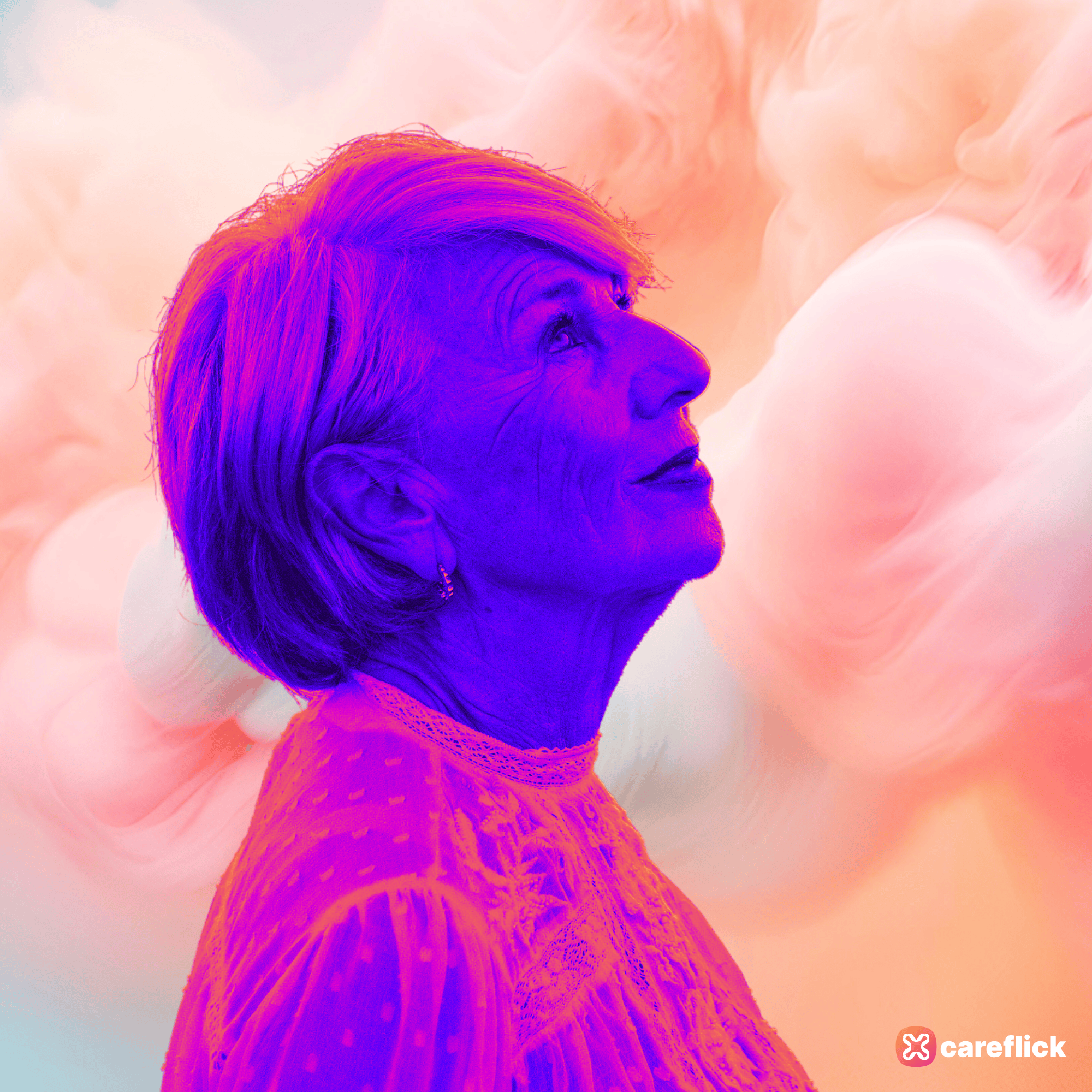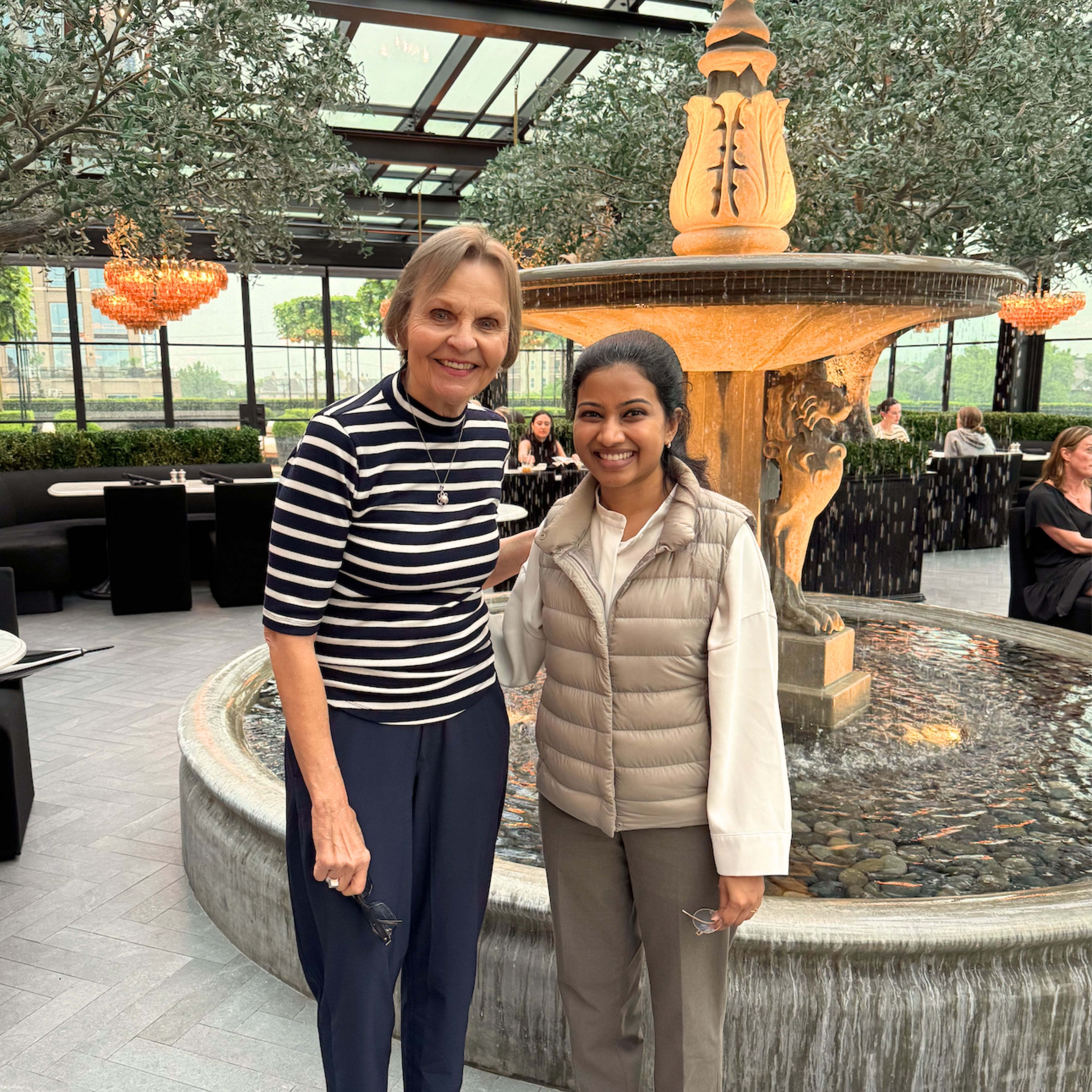
The Rise of the Solo Ager: Rethinking Independence in Later Life
Use algorithms to process the image and extract important features from it
Convallis in vel aliquam in et semper adipiscing tincidunt sapien ac placerat malesuada sed netus orci duis sit tristique nec condimentum amet morbi malesuada ut enim purus ultricies nec commodo nunc condimentum neque non sodales sem lacus quis sit in diam nisl dolor morbi habitant hendrerit laoreet ornare lectus nulla eget elementum sit ullamcorper suspendisse malesuada neque lectus tortor amet.
Use machine learning to classify the image into different categories
Aliquam dictumst in rhoncus facilisi odio eleifend egestas non elit tempus imperdiet scelerisque magna nullam eget etiam et ante purus et ligula euismod mi lectus quam varius leo fermentum vitae curabitur pretium habitant et duis maecenas.
- Lorem ipsum dolor sit amet consectetur non sodales sem lacus
- Mauris aliquet faucibus iaculis dui vitae ullamco
- Euismod mi lectus mauris aliquet faucibus iaculis dui vitae ullamco
- Posuere enim mi pharetra neque proin dic facilisi odio

Filter the images based on a variety of criteria, such as color, texture, and keywords
Risus nullam neque ac imperdiet eu. Suspendisse nisi placerat rutrum aenean consectetur bibendum viverra aliquam. Nunc venenatis platea eu id porttitor felis bibendum nulla quam. Viverra facilisis phasellus massa risus amet. Dolor sit bibendum aliquet neque nam mattis nisi ut sed. Est in elementum id.
“Vitae proin leo cras risus eget tellus quam convallis mauris fermentum magna imperdiet nullam tincidunt luctus porttitor purus elementum eget”
Automatically group similar images together and apply a common label across them
Risus nullam neque ac imperdiet eu. Suspendisse nisi placerat rutrum aenean consectetur bibendum viverra aliquam. Nunc venenatis platea eu id porttitor felis bibendum nulla quam. Viverra facilisis phasellus massa risus amet.
- Lorem ipsum dolor sit amet consectetur morbi lorem vel lorem
- Mauris aliquet faucibus iaculis dui vitae ullamco
- Posuere enim mi pharetra neque proin dic platea eu id porttitor
- Pellentesque massa posuere enim mi pharetra neque proin dic lorem
Convert the extracted features into a vector representation of the image
Semper nunc ut leo iaculis. Quis sit eget urna nibh fringilla accumsan ac morbi est vulputate vestibulum montes mauris ridiculus vulputate vitae cursus. Sed id urna ornare ultrices non in. Sit egestas aliquet id sit morbi lorem vel lorem venenatis sed pellentesque non vitae cursus scelerisque nulla ut proin sed mattis nulla lorem pellentesque massa mattis sed tempor condimentum id pellentesque imperdiet nam.
A few months ago, I came across a term I hadn’t heard before - solo aging. It sounded clinical at first, perhaps even lonely. My curiosity kicked in immediately: how big was this demographic, and what did it really mean to live that way?
A Demographic Shift We Can’t Ignore
There are over 22 million solo agers in the U.S. today, and the number is expected to double by 2040. Nearly one in three adults over 65 lives alone, and women make up the majority of this group - often outliving spouses or choosing not to marry.
This demographic is expanding faster than our social infrastructure can adapt. Many eldercare models still assume the presence of family caregivers — but solo agers challenge that assumption. They need systems that enable autonomy, not dependency.
These numbers became real for me only when I met Carol Marak, one of the leading voices in the solo aging movement.
Meeting Carol
When I met Carol, everything I had read and researched about solo aging came alive.
Carol is in her 70s, sharp, confident, and deeply intentional about how she lives. She drove herself to our meeting that afternoon - it was raining, and she had planned every detail. Her umbrella was neatly folded, her meal choice deliberate, and her conversation disarmingly insightful. Over lunch, we talked about how she navigates her life: the way she chose her apartment for accessibility, how she manages her finances, her approach to insurance and healthcare, and even how she decides which cities to travel to and how to get around them.
By the end of our conversation, I realized that solo aging isn’t about isolation at all — it’s about agency. It’s the quiet strength of someone who’s learned to design her life around independence.

Redefining Independence
Solo agers are rewriting what it means to age well. They’re not simply “living alone”; they’re living prepared. Independence, for them, isn’t about doing everything themselves - it’s about building systems and networks that keep them in control of their decisions, health, and happiness.
Carol created her own framework to guide others through the same process: planning for housing, healthcare, transportation, social life, and financial security. It’s not a checklist - it’s a mindset. And increasingly, it’s a necessary one.
Emotional and Social Resilience
Aging solo is as emotional as it is practical. Loneliness and isolation are real risks, but many solo agers are building intentional communities: co-housing groups, friendship-based support circles, or local networks for shared meals and errands.
Technology can complement these human networks - not by replacing companionship, but by amplifying connection. I introduced Carol to our AI companions a few months ago. As we exchanged notes, I realized she was using them in ways we hadn’t initially imagined, from reminding her about medications and tracking her favorite stocks to suggesting a light jacket when it’s raining. She doesn’t see it as a gadget - she sees it as a quiet layer of support that helps her focus on the things that truly matter.
Toward a New Narrative
Solo aging represents one of the most significant social shifts of our time. It challenges us to rethink everything - housing, healthcare, community, and technology - through the lens of independence.
But perhaps most importantly, it challenges our cultural story about aging itself. Aging well doesn’t have to mean being surrounded by family; it can mean being surrounded by systems of support that reflect one’s values and choices.
What if solo aging isn’t a problem to solve, but a blueprint for resilience - a model for how all of us, regardless of family circumstance, can prepare to live with dignity, clarity, and confidence in later life?
Closing Thought
As the number of solo agers grows, so does the opportunity to design a future where aging alone doesn’t mean aging unsupported. Carol’s story reminds us that the essence of independence lies not in solitude, but in preparedness, and in the quiet empowerment that comes from knowing you can rely on yourself, with a little help from thoughtful technology.

.png)
.png)
.png)